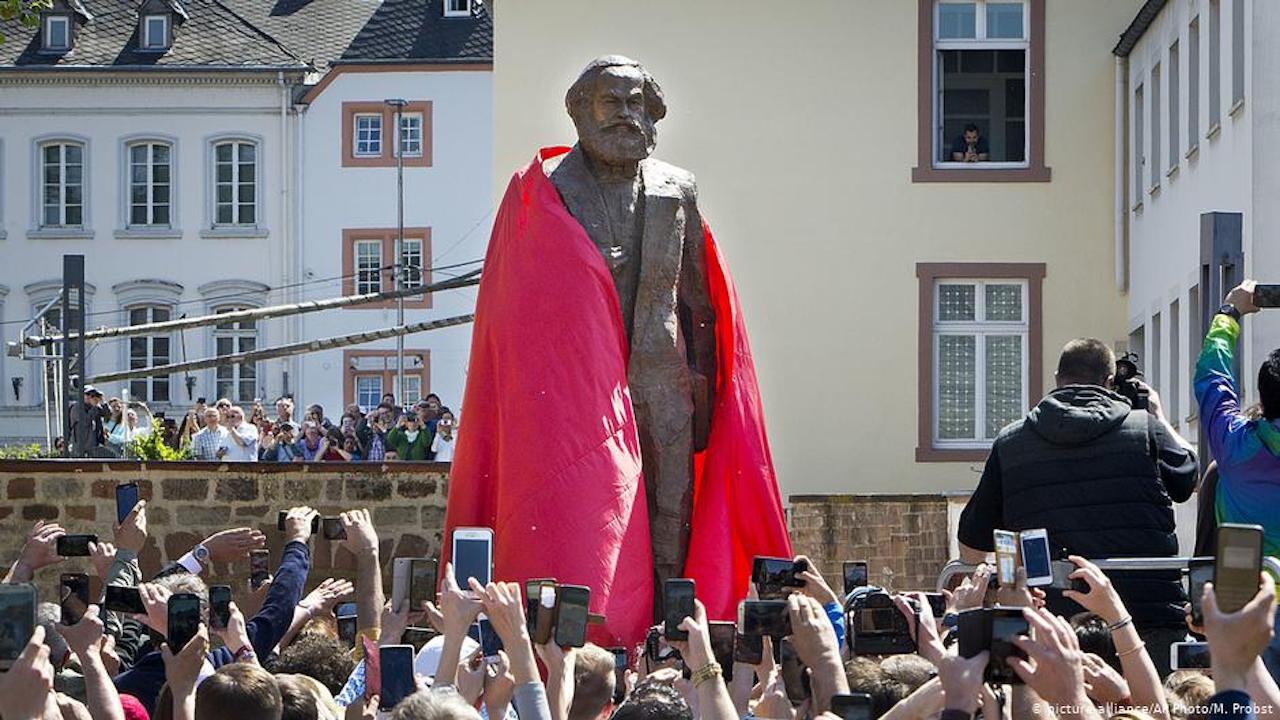With a thriving art scene, three world-class opera houses, over 1500 theatres, and more than 175 museums, the stature of Berlin as a European cultural hub is undeniable. In addition to ranking among Europe’s top three destinations, the German capital continues to grow in popularity with Chinese travelers, as new data from the European Travel Commission indicates.
While Berlin was one of many cities that benefited from the EU-China Tourism Year 2018, which drove a 5.1 percent year-on-year increase of Chinese border crossings (reaching 80 million), the city has used its $1.1 billion cultural budget to push into the Chinese market. In addition to Berlin, an increasing number of other cultural destinations are getting China smart.
visitBerlin
Berlin’s official marketing organization, visitBerlin, is an important outreach platform for museums and galleries to connect directly with Chinese travelers. Berlin State Museums uses the group for representation on press trips, setting tour prices, and using Chinese social media channels WeChat and Weibo, as well as Laibolin.com, their Chinese-language website.
In 2016, visitBerlin commissioned a Shanghai agency to implement an extensive package of social media activities to connect with Chinese travelers. The initiative drew 67,000 followers and posts about Berlin received 8.3 million clicks. In 2018, visitBerlin was active at 230 events in 40 countries promoting the German capital.
According to Burkhard Kieker, CEO of visitBerlin, the city is set to celebrate the 30th anniversary of the fall of the Berlin Wall in style with more than one million visitors expected to descend on the German capital. A highlight will be a grand open-air festival set to take place in the second week of November.
Breaking the Language Wall
A major takeaway from ITB Berlin 2019, the world’s leading travel show, is that being a global tourism city means more than merely having a website in different languages. Nonetheless, language factor is key for businesses and cultural institutions seeking to attract and retain Chinese visitors. Accordingly, city-wide efforts have included providing general information in Chinese at key tourist destinations, expanding social media presence on Chinese-language platforms, and hiring a Chinese-speaking staff.
The DDR Museum in Berlin, which offers visitors an interactive experience of what everyday life was like in East Germany, has created the DDR-Guide including a Mandarin version. The museum also has a Chinese-language website and promotes itself across Chinese travel websites such as Mafengwo, Qiongyou and Ctrip. The museum hopes to recruit Chinese-speaking guides in the near future.
China-Friendly Gallery Walk
Whether it’s sampling local cuisine or touring niche destinations, Chinese tourists are increasingly drawn to enjoying local experiences when travelling abroad. Berlinische Galerie, Berlin’s Museum of Modern Art, is tapping into this desire by offering Chinese visitors exclusive 90-minute guided tours and workshops in Mandarin. From Dada to Avant-garde art, guests tour the gallery’s collection and participate in an tutorial in which participants create their own masterpieces to take home as a souvenir.
Red Tourists Flock Trier
The quaint city of Trier in southwest Germany welcomes approximately 150,000 Chinese visitors annually. The draw? The town mixes the historic charms of its Roman heritage with the prestige of being the birthplace of philosopher Karl Marx. The enduring popularity of Marx in China is embodied by the 14-foot bronze sculpture gifted by People’s Republic of China in 2018 to commemorate the 200th anniversary of scholar’s birth. Another attraction is the Karl Marx House, which includes a bust sculpted by his great-grandson as well as a rare first edition of Das Kapital, Marx’s seminal text.
Edited by Richard Whiddington



